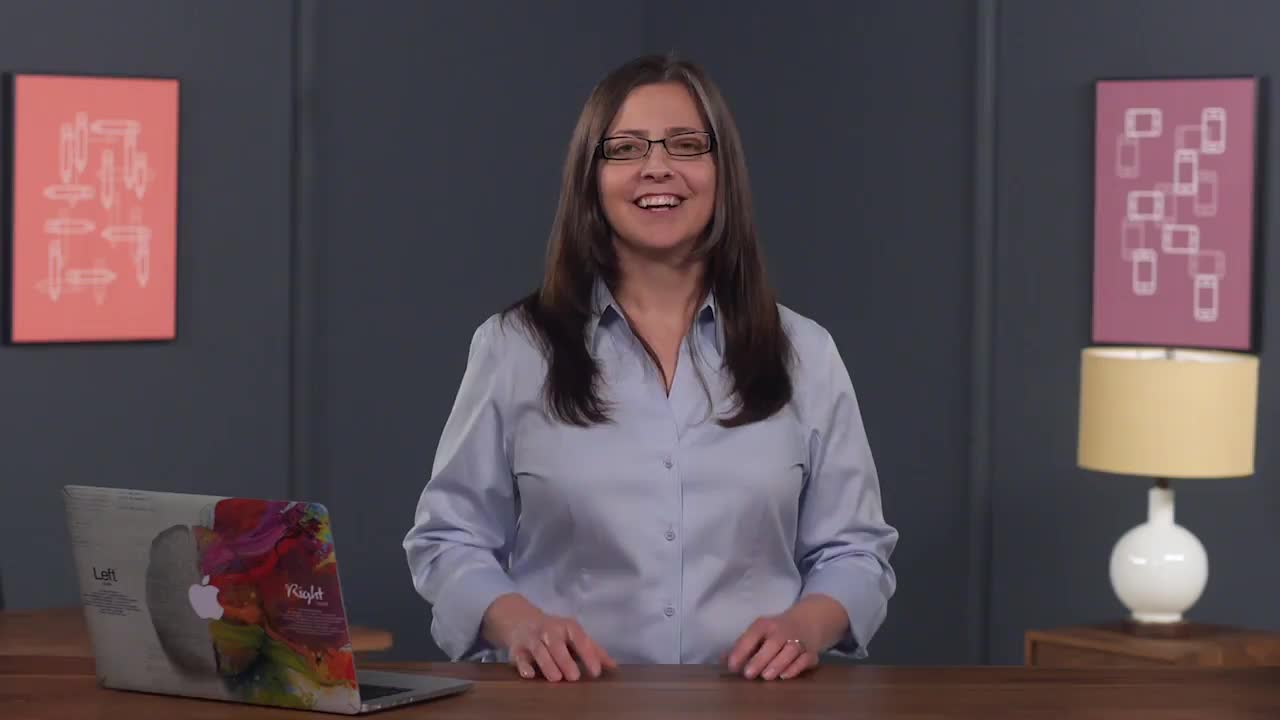"Build a Basic PHP Website (2018)" was retired on December 10, 2019. You are now viewing the recommended replacement.

- PHP
- Beginner
About this Course
This project will show you how to build a simple website using the PHP programming language. The web site, a media library, will let you organize and display your Books, Movies and Music. You could easily use this project to create a website that lets you organize and display any type of item: Branch Locations, Products, Services, Events, even Courses like we have here on Treehouse.
What you'll learn
- Organizing and Displaying Inventory
- Reusing Code
- Email and Form Data
Teacher
-
Alena Holligan
After starting out in fine art and moving into graphic design, Alena found her passion for programming over 15 years ago and has never looked back. Alena enjoys community and is excited to introduce people to the wonderful world of PHP and the Portland Tech Community.
When not at her computer, Alena enjoys exploring Portland with her friends and family, including her 3 young children. She also enjoys the Symphony, Cooking, Books, Yarn and Yoga.